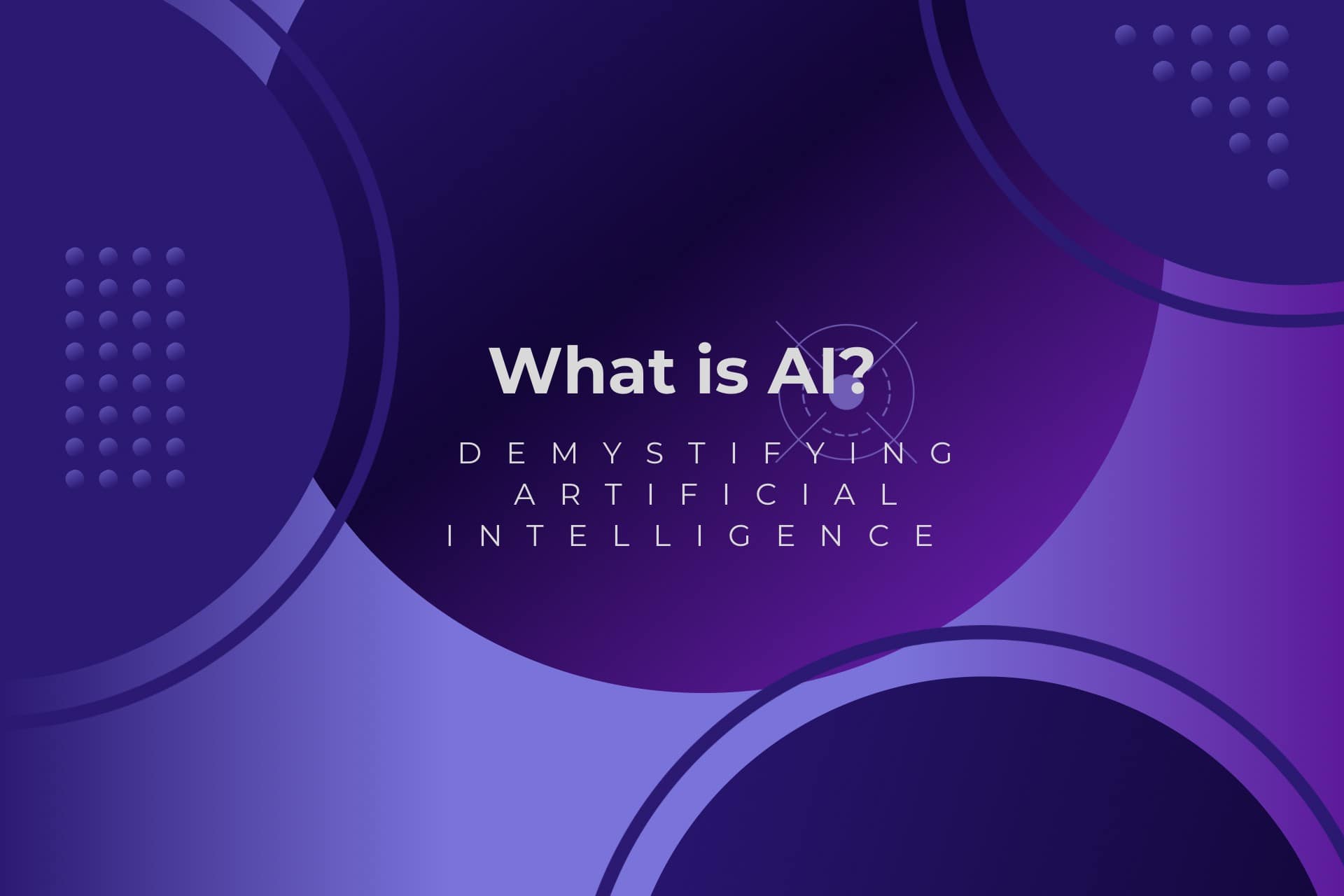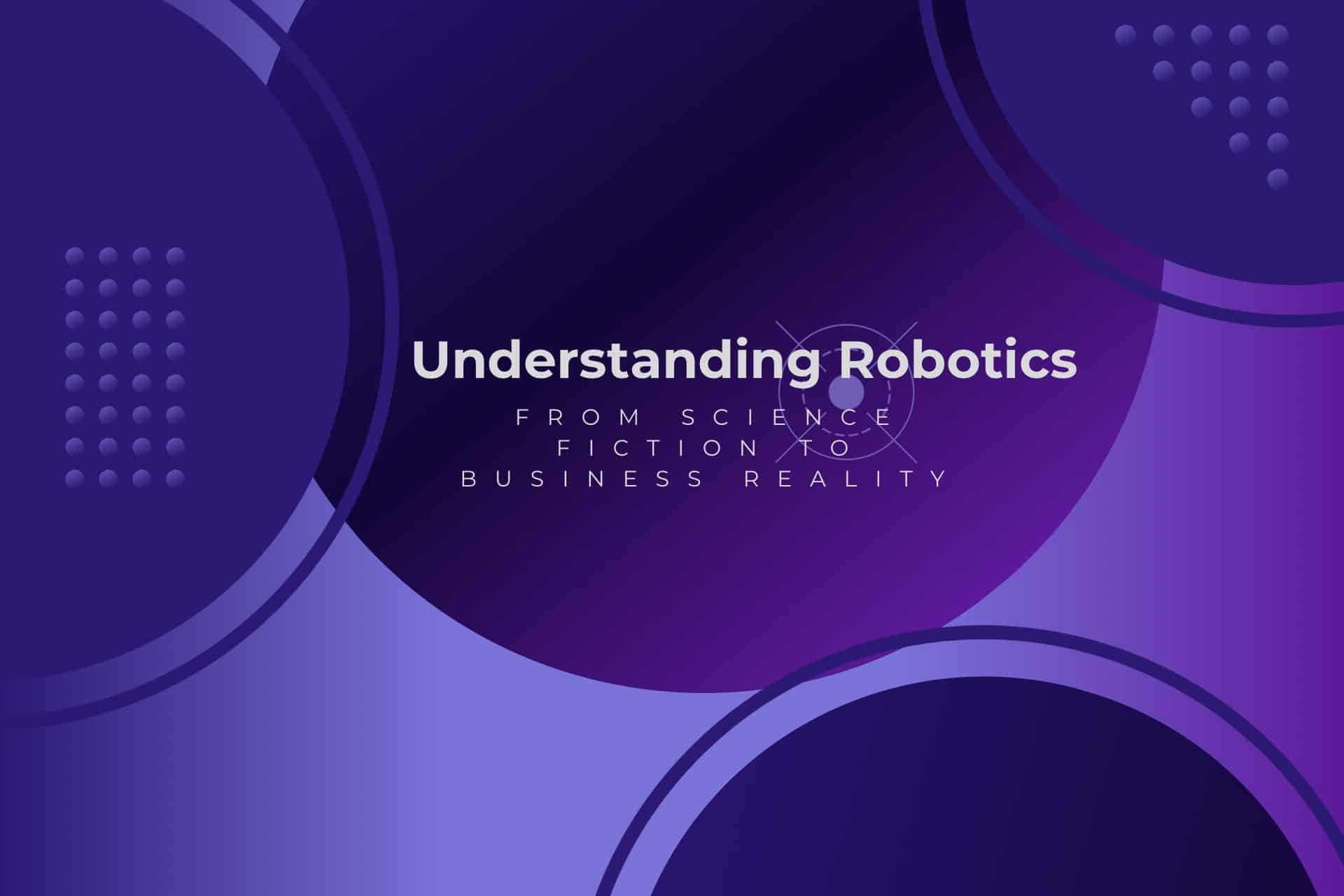In a world increasingly shaped by technology, few innovations have captured our imagination quite like artificial intelligence. But what exactly is AI, and why does it matter to your business? Let’s move beyond the hype and explore the fascinating reality behind this transformative technology that’s reshaping how we work, live, and solve problems.

AI Explained
At its core, artificial intelligence is about creating systems that can perform tasks that typically require human intelligence. Instead of following rigid, pre-programmed instructions, AI systems can learn from data, identify patterns, and make decisions with varying degrees of autonomy. Think of it as teaching a computer not just what to do, but how to think. The journey from simple rule-based programs to today’s sophisticated AI systems represents one of humanity’s most ambitious technological pursuits – creating machines that can adapt, learn, and potentially even understand the world around them.
The Two Faces of AI
AI isn’t a single technology but rather a spectrum of capabilities with different applications and implications. The AI we encounter today falls primarily into one of two categories, each with its own significance and potential.
Narrow AI (Weak AI) excels at specific tasks. This is the AI we interact with daily. Voice assistants that answer our questions, recommendation engines that suggest your next favorite show, and fraud detection systems that protect your accounts are all examples of narrow AI. Each of these systems is exceptional at its designated task but lacks broader understanding. They operate within carefully defined parameters and excel at solving specific problems, but they can’t transfer that intelligence to unrelated tasks the way humans naturally do.
General AI (Strong AI) remains largely theoretical. This would be a system with human-like intelligence capable of understanding, learning, and applying knowledge across domains. Despite what science fiction suggests, true general AI doesn’t exist yet. Creating a machine with human-like general intelligence – one that can understand context, apply knowledge from one domain to another, and perhaps even experience consciousness – remains one of the greatest unsolved challenges in computer science.
How AI Actually “Learns”
The magic behind modern AI is machine learning. These algorithms improve through experience rather than explicit programming. The process mirrors human learning in some ways but operates on a fundamentally different scale and method. Rather than explicitly programming every possible scenario, we feed the system massive amounts of data and allow it to identify patterns and correlations. The system then applies these patterns to new situations, essentially learning from experience rather than instruction.
The more data it processes, the more sophisticated its understanding becomes. This is why data has become such a valuable resource in the AI era – it’s the fuel that powers these learning systems. As we’ve developed more sophisticated approaches like deep learning (which mimics neural networks in the human brain), AI systems have become increasingly capable of handling complex, unstructured data like natural language, images, and even subtle human behaviors.
Real-World Impact, Right Now
AI isn’t just future technology or theoretical research. It’s transforming businesses today in ways both visible and invisible to the average person. The impacts range from dramatic improvements in efficiency to entirely new capabilities that weren’t possible before.
Customer service has been revolutionized by intelligent chatbots that handle routine inquiries while human agents focus on complex issues. These systems can understand natural language, maintain context throughout a conversation, and seamlessly transfer to human agents when needed. The result is faster service for customers and more efficient operations for businesses.
Predictive maintenance systems now flag equipment likely to fail before it causes costly downtime. By analyzing patterns in sensor data that would be impossible for humans to process manually, these systems can detect subtle signs of wear or imminent failure days or weeks before traditional methods would catch them. For manufacturing and industrial businesses, this capability alone has transformed maintenance from a reactive necessity to a strategic advantage.
Data analysis tools uncover insights buried in mountains of information too vast for human processing. Modern businesses generate unprecedented amounts of data, but that data is only valuable when it leads to actionable insights. AI systems can process millions of data points, identify trends and correlations humans might miss, and present those findings in ways that drive better business decisions.
Beyond the Hype: AI’s Practical Limits
Despite remarkable advances, today’s AI has clear limitations that are important to understand when considering its business applications. Recognizing these boundaries helps set realistic expectations and identify the most appropriate uses for current technology.
It excels at pattern recognition but struggles with genuine understanding. AI systems can identify patterns in data with remarkable accuracy, but they don’t “understand” those patterns in the way humans do. They lack context, common sense, and the ability to grasp causal relationships unless explicitly trained on relevant examples.
It can only learn from existing data, not intuitive leaps. AI systems are fundamentally retrospective – they learn from historical data and examples. They can’t make the creative leaps or hypothetical reasoning that humans excel at without some form of training data to guide them. This is why human judgment remains essential for novel situations.
It requires careful human oversight to ensure ethical and accurate operation. AI systems inherit biases present in their training data and can amplify those biases if not carefully monitored. They also lack the ethical intuition and contextual judgment that humans bring to decision-making. For these reasons, human oversight remains essential, particularly in sensitive applications.
The Human-AI Partnership
The most powerful applications of AI aren’t about replacing humans but enhancing human capabilities. When properly implemented, AI handles routine, data-intensive tasks that computers excel at, freeing humans to focus on areas where human judgment, creativity, and empathy add the most value. The future belongs to businesses that strategically combine human creativity, judgment, and empathy with AI’s processing power and pattern recognition.
This partnership approach recognizes that humans and AI have complementary strengths. Humans excel at general intelligence, adaptation to novel situations, ethical reasoning, and creative thinking. AI excels at processing vast amounts of data, consistency, tireless operation, and identifying patterns too subtle for human perception. Together, they can achieve outcomes neither could reach alone.
Looking Forward
As AI continues to evolve, the possibilities expand in ways that are difficult to predict but certain to be transformative. Tomorrow’s AI systems will be more capable, more accessible, and more integrated into our daily operations. They’ll handle increasingly complex tasks while becoming more transparent and explainable to the humans who work alongside them.
The question isn’t whether AI will transform your industry, but how quickly and whether you’ll be leading that transformation or trying to catch up. Forward-thinking organizations are already exploring how these technologies can solve longstanding challenges, create new opportunities, and deliver new forms of value to customers and stakeholders.

